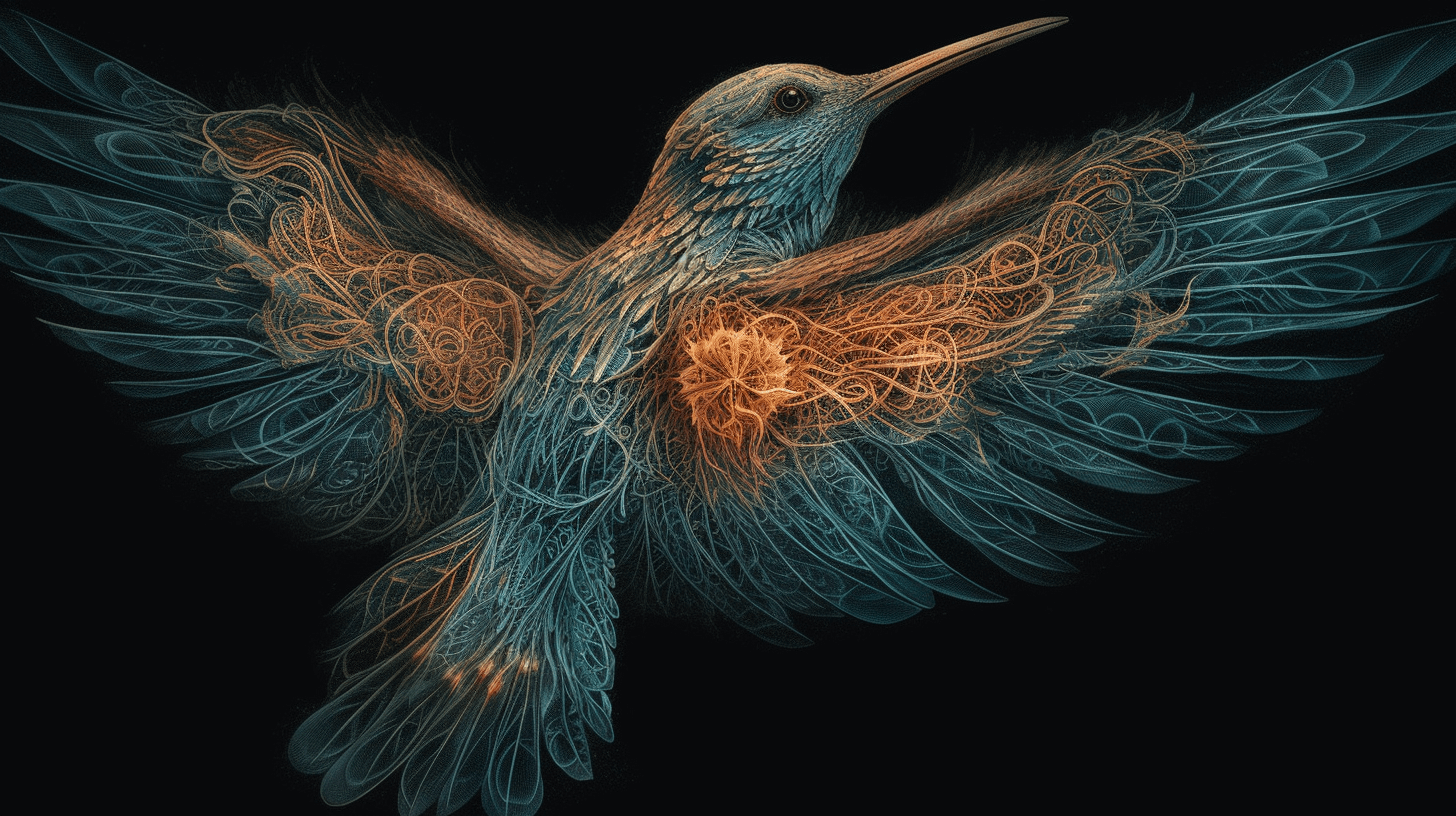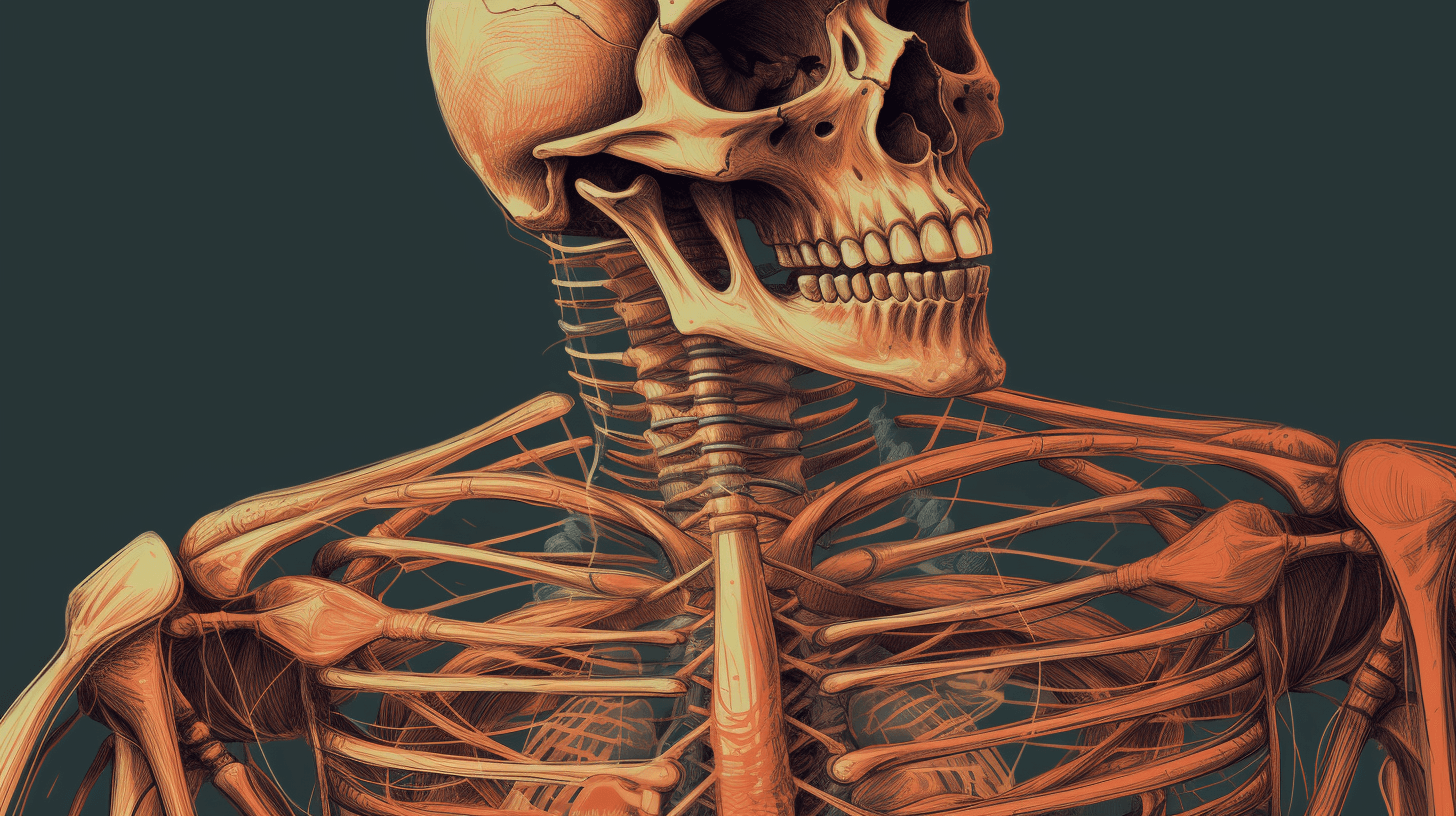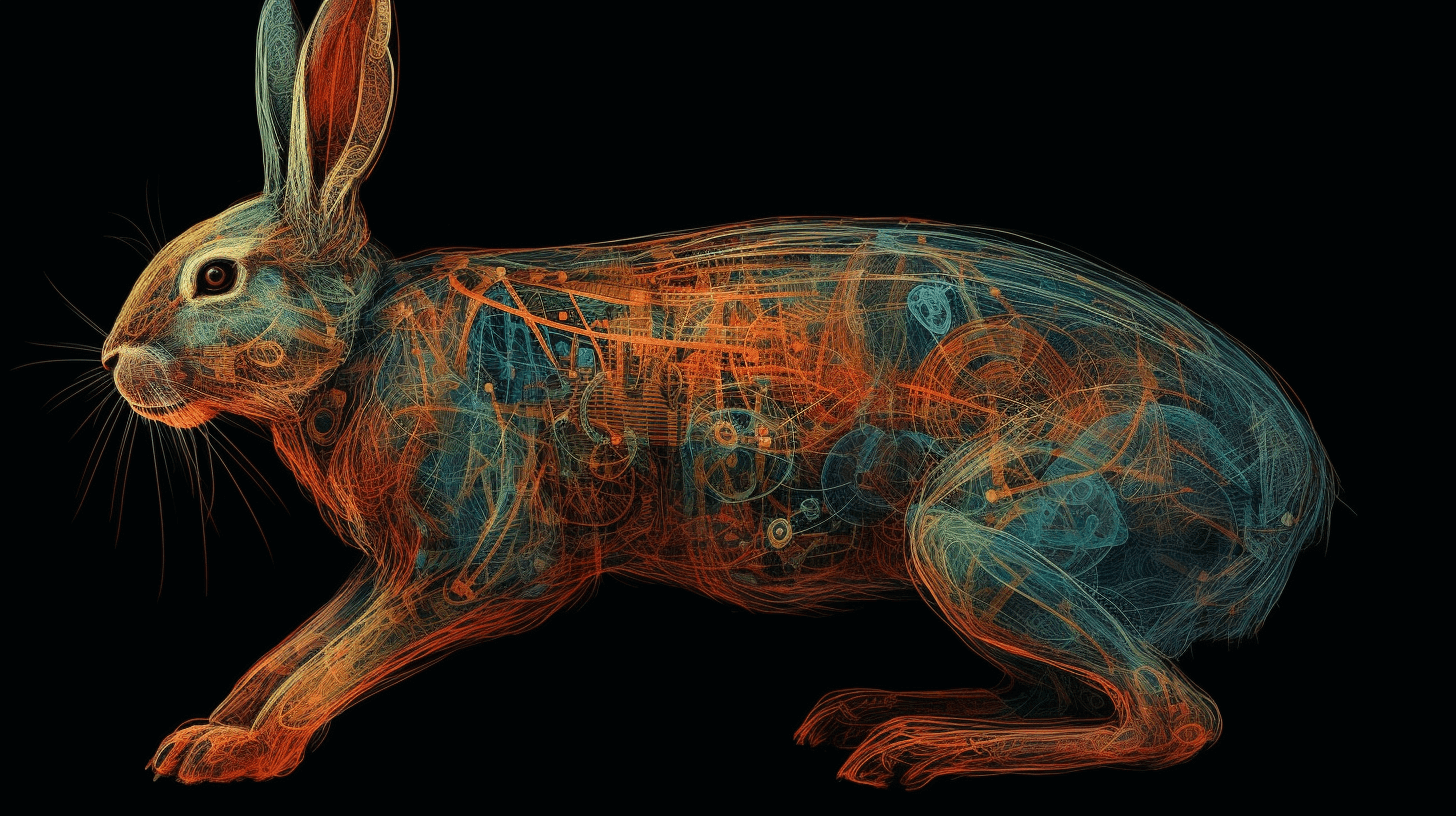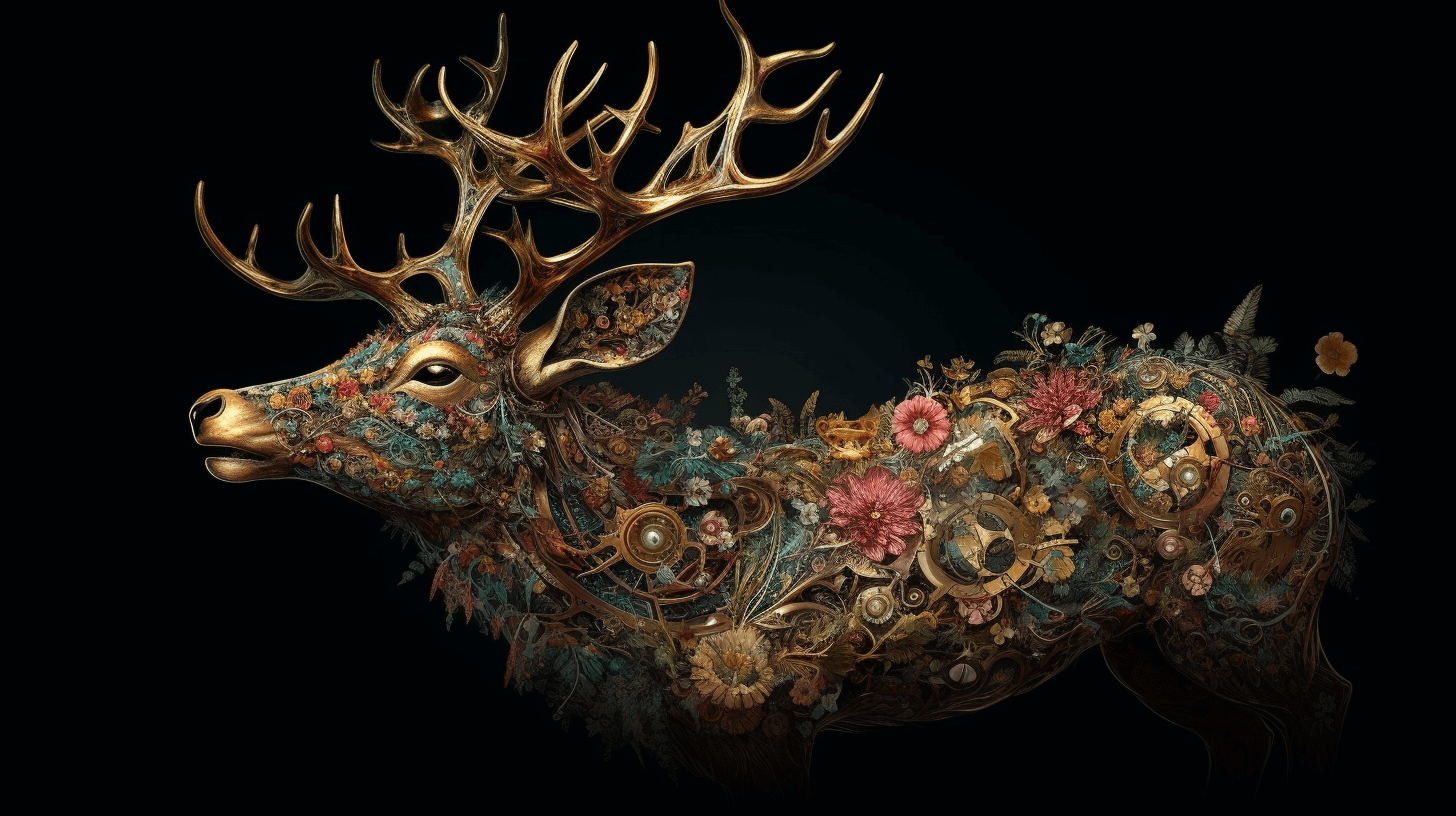
As a curious human, you might have often marveled at the sight of a soaring bird, wondering how its delicate wings can conquer the vast expanse of the sky effortlessly. But, what you might not know is that there’s a whole universe of intricacies and paradoxes hidden in the anatomy of birds that makes their life more wondrous. From their wings to their feathers, from their beaks to their birds-eye vision, every tiny detail brims with fascinating mysteries.
Are you excited already? Buckle up, bird enthusiasts. What follows is a bird’s eye view (pun totally intended!) into the mind-blowing realm of avian anatomy.
Related: 11 Fascinating Facts About Horse Anatomy You Never Knew
Table of Contents:
Wings – More Than Just Flight Apparatus
Most of us associate wings with flight, but hold your horses! Or should I say, hold your feathers?! Wings are way more than mere flight apparatus. Essentially bones covered by feathers, bird wings come in different shapes and sizes, each reflecting divergent flight patterns and lifestyles.
Just take a peek at the long, slender wings of the albatross that enable it to glide over the ocean for hours without flapping! Or the broad wings of an eagle that provide lift for soaring and cruising. Fact: did you know that birds like penguins and ostriches have wings but they can’t fly? Yes, an absolute bummer! Nevertheless, their wings are adapted for swimming or running.

Feathers – Not Just About Beauty
The feathers of a bird might captivate you with their sheen and color, but there’s more to feathers than mere beauty. Feathers are a marvelous product of evolutionary engineering that not only help birds take to the skies but also keep them warm, camouflage them against predators, and even attract mates! Now, isn’t that a multitasking marvel?
Take peacock feathers, for example: their iridescent colors are intended to appeal to the ladies during mating season (Now, isn’t that a dashing strategy). On the other hand, the Bar-tailed Godwit has dark feathers on top and light ones underneath—an ideal combination for stealth mode and blending with the surroundings.

Beaks – Tools of Survival
No, beaks are not only about “tweet-tweet”. These are survival tools that tell you evocative tales of adaptation to different lifestyles and environments. Bird beaks, or bills, vary enormously in size, shape, and color, each uniquely suited to its owner’s dietary needs and behaviors.
Ever looked at the curve-billed flamingo’s beak? It’s a one-of-a-kind, specially designed for scooping up and filtering algae and tiny shrimp. And then there’s the woodpecker’s beak—the sturdy tool that drills into tree bark to dig out insect snacks. Gosh! Isn’t that ingenious?
Vision – The Superior Sight of Birds
Let’s step into another astonishing dimension of bird anatomy—vision. Spoiler alert: birds see the world far differently (and better) than we do. The structure of a bird’s eye and its positioning on the head can provide a nearly panoramic view—handy for spotting predators!
Do you know what a falcon and a pair of binoculars have in common? A falcon’s eyes are just like built-in binoculars that spot prey from thousands of feet away while in flight! And please don’t get me started on the UV vision of some birds, it would make the rave party neon lights look dull.

Avian Respiratory System – An Efficient Breathing Machine
Birds also defy conventional wisdom when it comes to breathing. Unlike humans and other mammals, birds have a highly efficient respiratory system that maximizes oxygen uptake with each breath.
Have you ever wondered how birds can fly at such high altitudes without gasping for breath? Apparently, they are born mountaineers! The respiratory system of birds is designed to extract a higher proportion of oxygen from each breath, accommodating high altitude and high exertion flights. Now isn’t that breathtaking (no pun intended)?
Conclusion
By unpacking this treasure trove of mind-blowing bird anatomy facts, we can only gasp with wonder at nature’s ingenious designs. Birds, in their flight, song, and beauty, not only embellish our world with their presence but also continue to thrill, mystify, and inspire us in equal measure.
In knowing them, we instill in ourselves an innate appreciation of nature’s marvels and a renewed awareness of our shared responsibility to preserve and protect these splendid creatures and their habitats. After all, what is a sky without the dance of the birds in it?
Frequently Asked Questions
Here, we have attempted to answer some of the most common questions about bird anatomy. Bubbling with curiosity? Dive in!
Q: Why do birds have hollow bones?
Fact: It’s all about keeping flight weight low. The hollow structure reduces the overall weight of the skeleton while maintaining strength—a pretty clever bit of avian engineering, don’t you think?
Q: How does a bird’s beak grow?
Just like our hair and nails. The beak is composed of keratin and it continually grows and wears down. The shape completes the survival kit that a bird needs. It’s a prodigious nature’s toolkit, right?
Q: Why do some birds have UV vision?
Specialized UV vision helps certain bird species identify mates or find food. Talk about having a superpower, eh?
Birds continually remind us how little we know about our mind-boggling world and how wonderful, after all, is the charm of chasing that endless mystery.





